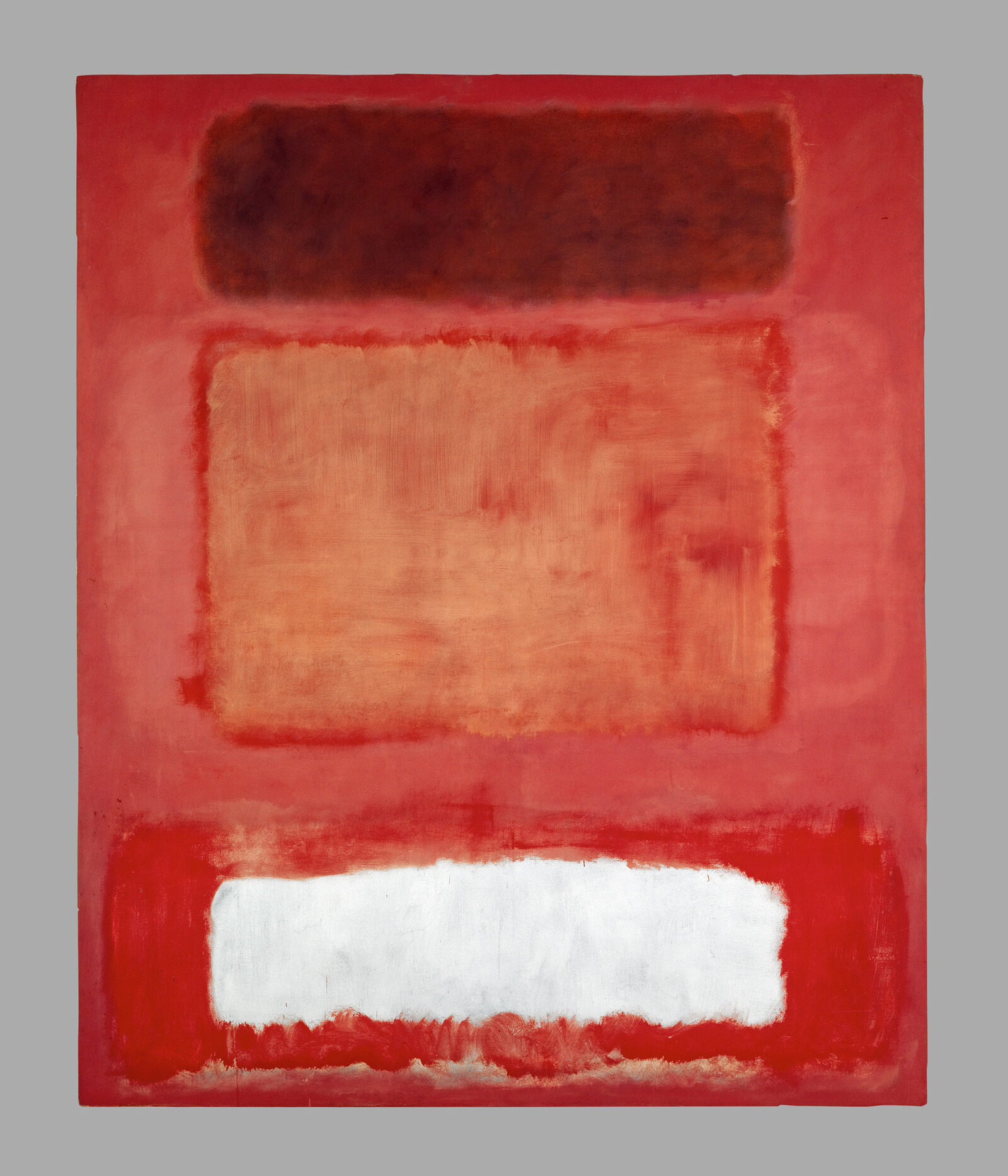March 12–June 30, 2019
The Kunsthistorisches Museum, Vienna, announces an exhibition of paintings by artist Mark Rothko.
Presenting a survey of his artistic career for the first time in Austria, the exhibition traces the radical development of Rothko’s work across more than four decades, from his early figurative paintings of the 1930s, through the transitional years of the 1940s to the groundbreaking mature works of the 1950s and 1960s. The artist’s children Kate and Christopher have been closely involved in the project from its very beginning, and have themselves kindly loaned a number of paintings from the family collection.
Presented within the Kunsthistorisches Museum, whose historical collections span some 5,000 years of human creativity from Ancient Egypt to the Baroque, the exhibition provides a unique opportunity to examine Rothko’s deep and sustained interest in the art of the past. From his earliest visits to the Metropolitan Museum of Art in New York as a student in the 1920s, Rothko dedicated himself to the study of classical art, architecture and mythology, early Italian gold-ground painting, the Renaissance and the Dutch Golden Age. The exhibition will examine the direct influence of his voyages to Europe between 1950 and 1966, journeys based almost entirely around the viewing of churches, chapels and Old Master paintings in Venice, Rome, Florence, Siena, Arezzo, Tarquinia, Assisi, Spoleto, Paris, Chartres, Lascaux, Amsterdam, Brussels, Antwerp and London. It will explore the significance of specific places on the development of his mature work, from the frescoes of Fra Angelico in the convent of San Marco, Florence, the Baptistery of Santa Maria Assunta in Torcello, and the Villa of Mysteries in Pompeii, to the temples of Paestum and Michelangelo’s Laurentian Library in Florence.
Through major loans, including an entire gallery of large-scale Seagram Murals from the National Gallery of Art, Washington, D.C., the exhibition will reveal how Rothko learnt from the techniques of the Old Masters, layering colour in the manner of Titian and developing in his mature work a sense of “inner light” similar to that of Rembrandt. When Rothko broke with tradition in the latter part of his life to create a radical new form of artistic expression, he did so with extensive knowledge and respect for what had come before. In the words of the late critic John Berger: “he did nothing else but look back in a way such as no painter before had ever done.” He was the most serious of artists, and addressed the most serious of subjects: the sacred, the spiritual, the tragic and the timeless. With unsparing intensity and a total commitment to risk, he created a form of human drama that continues to move and inspire artists, curators and the general public to this day.
The exhibition is curated by Jasper Sharp with the close support and advice of Christopher Rothko, and is accompanied by a fully-illustrated catalogue containing many of Rothko’s own writings on the history of art.
The Kunsthistorisches Museum Vienna is uniquely placed to present such an exhibition. Its collection of Old Master paintings by artists including Bruegel, Caravaggio, Dürer, Holbein, Raphael, Rembrandt, Rubens, Titian, Velazquez and Vermeer is complemented by antiquities from Ancient Egypt, Greece and Rome, a remarkable Kunstkammer of naturalia, exotica, scientifica and artificilia, arms and armour, tapestries, musical instruments and much more. In recent years, the museum has deepened its engagement with the art and artists of more recent times in order to explore their complex relationship with those historical collections. A new programme of major exhibitions was initiated in 2013 with a survey of the painter Lucian Freud, and continued in 2015 with a major exhibition of the boxes and collages of Joseph Cornell.



